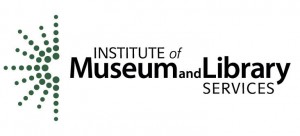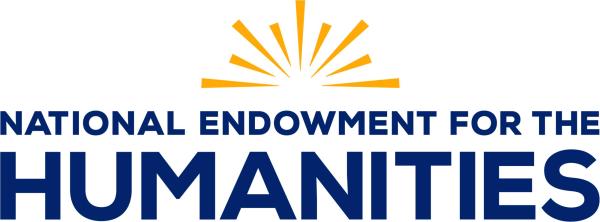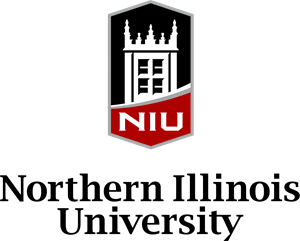With the work of POWRR ended and workshops about our findings continuing, I find myself with no remaining excuses…time to get down to POWRRing on in my own world! May was a busy month for sharing my recommendations. I wrote out the complete thought processes behind my decisions in a recently published case study. And I enhanced my digital collection creation policy to articulate my philosophical foundation for selection and preservation actions. That document is incorporated in our library’s collection plan and so will be regularly reviewed by a library and a campus committee.
POWRR demonstrated that a free and simple tool can help us extract technical metadata and that it folds easily into our regular accessioning workflows. We feel confident that this small but positive step offers some assurances for preparing digital accessions for future preservation storage. I created a flowchart this month to illustrate these steps, and if you look closely you will see they were cropped from a larger picture:
Even at the smallest of institutions, none of us operates in a vacuum. We need to discuss these issues with other people in our workplace. These folks may not be aware of the need for digital preservation let alone how to protect collections without the benefit of full preservation storage and access systems. We addressed this in the POWRR findings, too, and we have handouts and exercises in our workshop to help plan for these conversations. Recently I discovered there might be other questions about what we do.Last week I began engaging with others on digital collections workflows and I was surprised at the level of interest in and confusion about how I make decisions. The talks we are been having include how we might combine work done in different parts of the library. Our goal is to seek efficiencies where we can, so gaining a deep understanding of what everyone does is a critical first step.
I prepared a detailed document explaining the types of e-records decisions I make from an acquisitions standpoint, but I could tell the discussion wasn’t going well. Why I chose to make some things accessible in some ways over others seemed to the the primary question.
I decided to create a flowchart based on one I found at the University of Utah and that we’ve been mentioning in POWRR workshops. When I sat down to adapt it for a larger collections discussion, it became clear that many decisions I make every day went beyond the scope of the original tool. So to educate my community on how I go from selection to preservation to access, I came up with this flowchart:
The specific IR and digital library products we use may be different from yours, but maybe this workflow has similarities with yours? I’d love to hear how others are doing these things!Writing about my plans and talking about my decisions with others helped me understand my own ideas better. It’s quite clear to me that when we get down to doing our work, there will always be something we didn’t think about before. My challenge is to remain open to others’ ideas and experiences as we go on through planning what will work in my institution. So with other departments in my library I will continue to test and explore options for our full collections’ lifecycle. The POWRR project gave me good ground to launch from and the journey continues!







2 comments
a detailed document explaining the types of e-records decisions I make from an acquisitions
The POWRR project gave me good ground to launch from and the journey continues